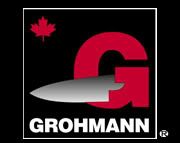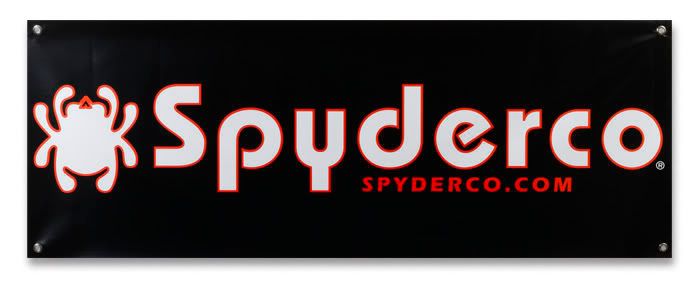 A recent request for info by a forumite prompted me to write this response.
A recent request for info by a forumite prompted me to write this response.Well, I have a 120 (aka Ranger) on which I've mounted a 1200 riot barrel. The difference? The ejector, a spring which rests across the left inside receiver with a portion held by a cut in the barrel assembly, is longer. I had to deepen the cut in the 1200 barrel a bit to let the ejector spring work properly in both barrels. Works great. The action is pretty good and these guns are so similar to the semi-auto version that one can swap the barrels between them. The semi-auto barrels work fine on the pumps but the pump barrels make the semis into a sort of straight-pull bolt action.and
Dad used to have a 1400, the semi-auto, in 20 ga. and it was a killer on the skeet range and in the dove field.
Of all the guns of that period, those 290s and such were a part of that period, these seemed to require the least support. We had a 1400 in 20 which we bought USED. Choked skeet, we put nearly 30,000 rounds through it and the only problem was the vent rib which had to be re-attached after 20K of our shooting. This was bought from the operator of a skeet range so there's no telling how many rounds were through it.and
I got the 120 used as well (for $60), bought the 1200 barrel used as well for $25 and have put probably 2000 rounds through this gun. No problems.The guns were designed and manufactured during Winchester initial modular phase and they have "that look" about them what with the metal and wood finish being identical to that of other guns of the period and the really ugly impressed "checkering". The smooth wood on my gun's stock is preferable despite being of an inferior hardwood and not walnut.
They can be a pain to work on. Just take out the trigger group one time and look at it.
Like the .22 rimfires of the period, such as the lever/pump/semi-auto guns, these do have the reputation of being gunsmith's friends for all the repair time they logged. I've not experienced that, as I noted, but others no doubt have and it got a lot of press. Most people, especially the really gunny among them, with the apparent decline in standards/quality and the dropping of the revered Model 12 for this stamped/pressed/extruded thing. I think this rejection of all things post 1964 from Winchester is what is behind that and it certainly wasn't helped by those lemons that made it out of the factory.
In any case I like my gun, have made it a home defense gun (showing how reliable I think it is) and modified it some. I tried the Pachmayr (when I was going through my rubber phase) Vindicator grips along with the matching forearm. I retained the forearm but realized the butt-stock would be necessary to shooting by anyone in the family other than myself and it was reinstalled. I then installed a Side-Saddle shell carrier.
Tac Star, the maker of the Side-Saddle, is now a division of Lyman Products. This is hardly a new concept. The Russians fitted the 1866 Berdan single shot breechloading rifles with a block holding cartridges like this a way back when. The new iteration is a springy sort of rigid, high impact, plastic that bolts onto the side of several models of pump and semi-auto shotguns using existing screw holes. The concept is good, works and provides an additional 6 rounds immediately to hand on the gun.
Tac Star also produces a magazine extension. As the normal, as issue, shotgun holds 5 rounds with the plug removed, having the option to load 8 is a big increase in capacity. Add that to the side-saddle and 14 rounds, this of 12 ga. buckshot, isn't to be taken lightly. Certainly it is sufficient to repel most home invasions (provided you can access the shotgun when it happens). It is certain to give one some measure of confidence. My wife likes seeing it standing guard in the corner of the room or by the door whenever there is an escape from the local prison or jail.


Hobie's Winchester M120 ready for Home Defense.






















No comments:
Post a Comment